Have questions? Call 1-833-BC-WORLD (1-833-229-6753)
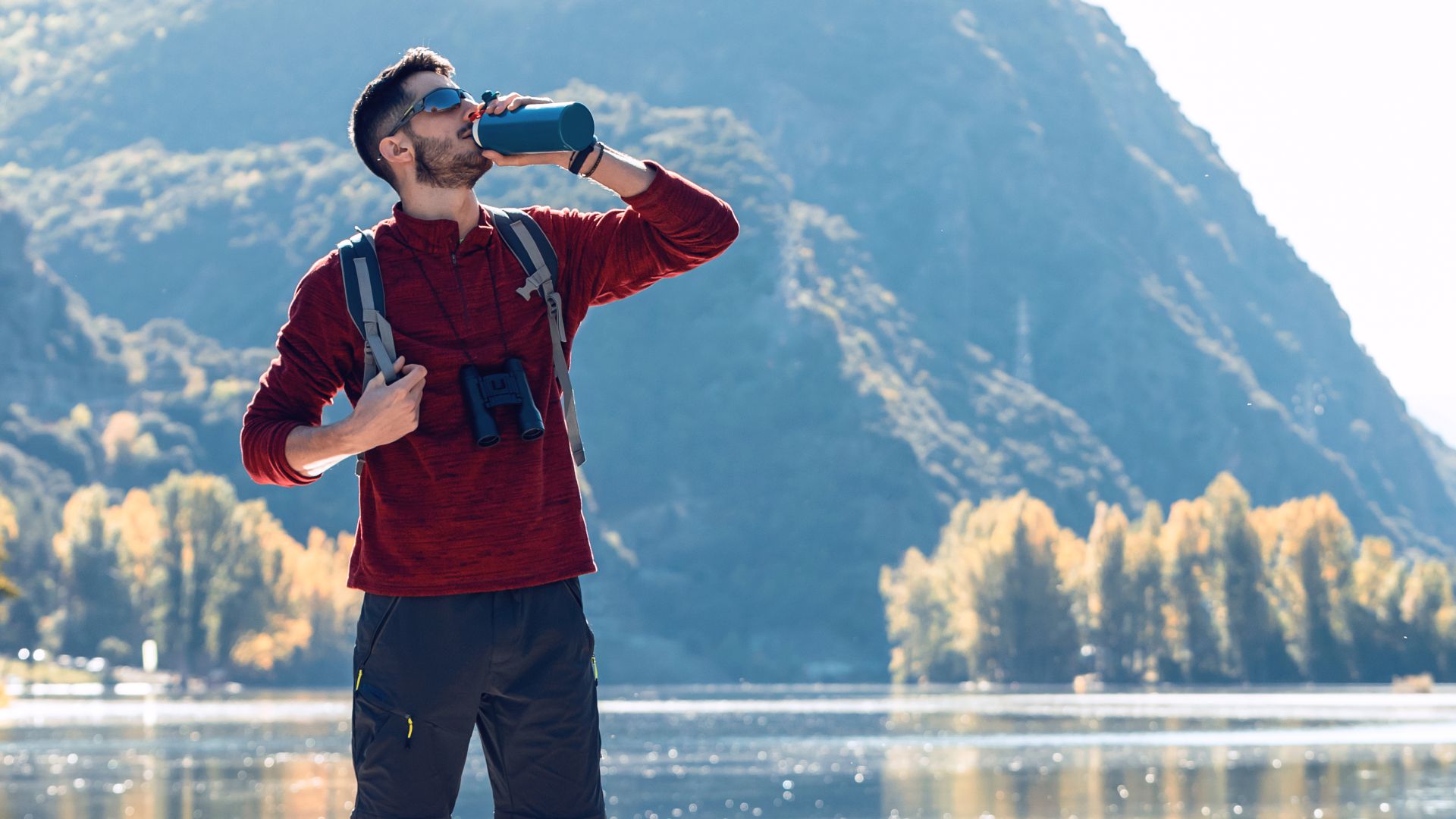
Going on a hike can be incredibly fun, healthy, and rewarding. But you’ll need to make sure to take along several hiking essentials in order to make sure you have a great time and stay safe. That’s why we’ve created your go-to guide for packing for a hike.
How to Create a Hiking Checklist
In order to decide what to bring on a hike, you’ll need to consider where you’re going and what the hike will look like. Start by creating a list of questions that will inform you on how to pack.
- What will the temperature and the weather be like?
- Are there rest stops along the way? Do they have water available?
- Will I have cell phone service?
- How long is the hike? What will the terrain be like?
- Have I hiked this area before? If not, can I learn about it from a friend or the internet?
- What type of wildlife is in the area that I might need to watch out for?
Choosing Your Hiking Supplies
Once you have a solid idea of what your hike is going to look like, you can start creating a hiking essential list. Make sure to inspect your equipment before you head out to make sure it’s fully stocked and doesn’t have any problems such as a tear.
You’ll also want to make sure you’re comfortable with carrying everything for an extended period of time. What may feel like a light load at home can become far more tiring after a few hours on the trail.
What To Bring On A Hike
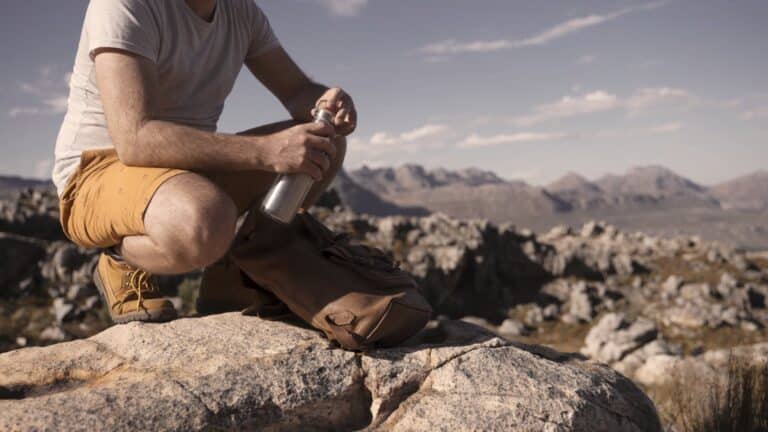
Water Bottle
Arguably the most important item to pack is a hiking water bottle. You’ll need to drink plenty of water before, during, and after your hike. Health officials recommend you drink about 7–10 oz of water for every 10–20 minutes of exercising, though that will change depending on how strenuous your hike is, the temperature, and the elevation. A good hiking water bottle will be well-insulated, durable, and lightweight while allowing you to carry plenty of water.
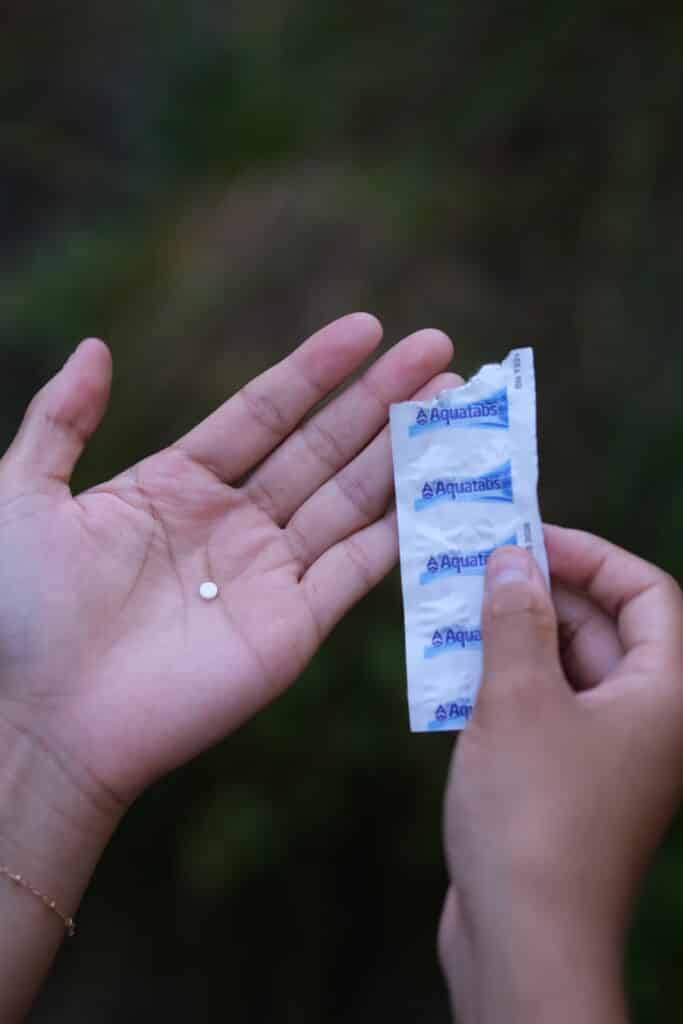
Water Purification Supplies
If you’re going on a longer hike, or you’re not sure if you’ll have access to safe drinking water, you’ll want to carry water purification supplies. Aquatabs water purification tablets are lightweight, easy to place in your pocket, and capable of purifying stream, pond, or lake water within just 30 minutes. They kill more than 99.99% of harmful microorganisms, including bacteria, viruses, and cysts.
Even if you think you’re carrying enough water, it’s always a good idea to drop a sleeve of Aquatabs into your pocket or pack, just in case you get held up, or you meet someone else on the trail in need of clean drinking water.

Food
You should always bring plenty of food on a hike, and it should be healthy food that will give you plenty of energy. Even if you’re only going to be hiking for a couple of hours, a healthy snack can give you the boost of energy that you need. We recommend you choose food that is rich in carbohydrates, which give you immediate energy, as well as protein, which helps your body maintain and rebuild energy both during and after a hike.
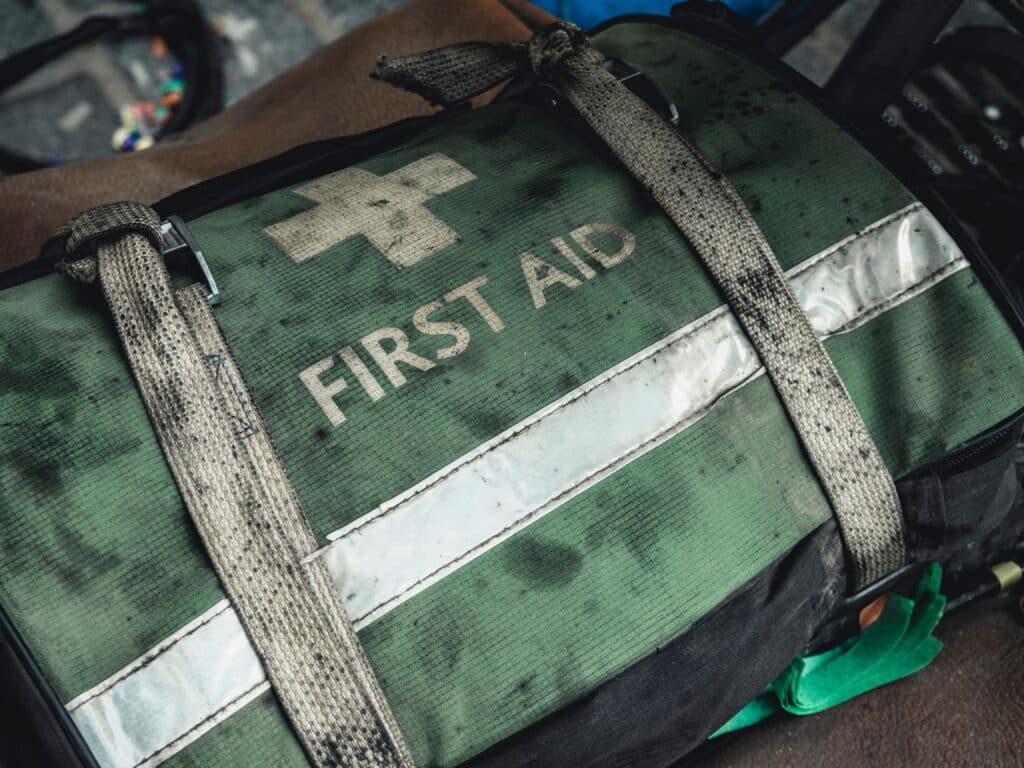
First Aid
You never know when you or someone else might have an accident and sustain an injury while on the trail. There are plenty of pre-packed, easy-to-carry first-aid kits that you can order online or buy in-store. But you can also build your own first-aid kit with items that are specific to you and the area you’re hiking. A great first-aid kit should include bandages (including closure strips), tweezers, scissors, antiseptic cleaning pads, ointment, pain relievers, and iodine or rubbing alcohol.
If you anticipate a potential of falling on your hike, you should also carry a splint, safety pins, and material you could use to make a sling. Likewise, if you’re planning on a long hike, you may also want to carry digestive medications such as Pepto Bismol.
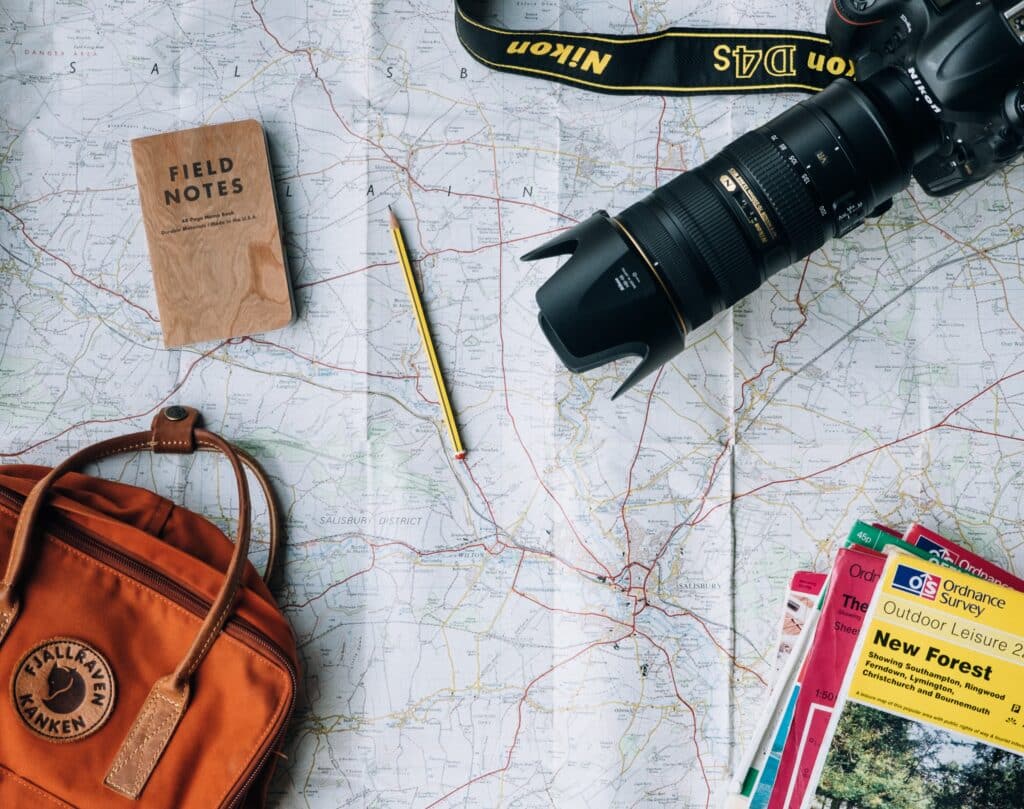
Maps and GPS
Maps and navigational equipment are an essential part of your hiking gear, especially if you’re planning to go off-trail or into a remote area. While many people now rely on their phones for most navigational questions, you should always have other items available if your phone runs out of battery, breaks, or loses service.
Make sure you have a paper map of the area with the trails clearly marked. You should also bring a pencil and paper to take notes with and mark locations on your map as you go. Be sure to throw in a trusty compass as well.
For longer or more remote hikes, you might also purchase a handheld GPS device. They are useful because they have long battery lives and can be operated without a smartphone. Many of them also contain features such as weather reports and messaging as well.
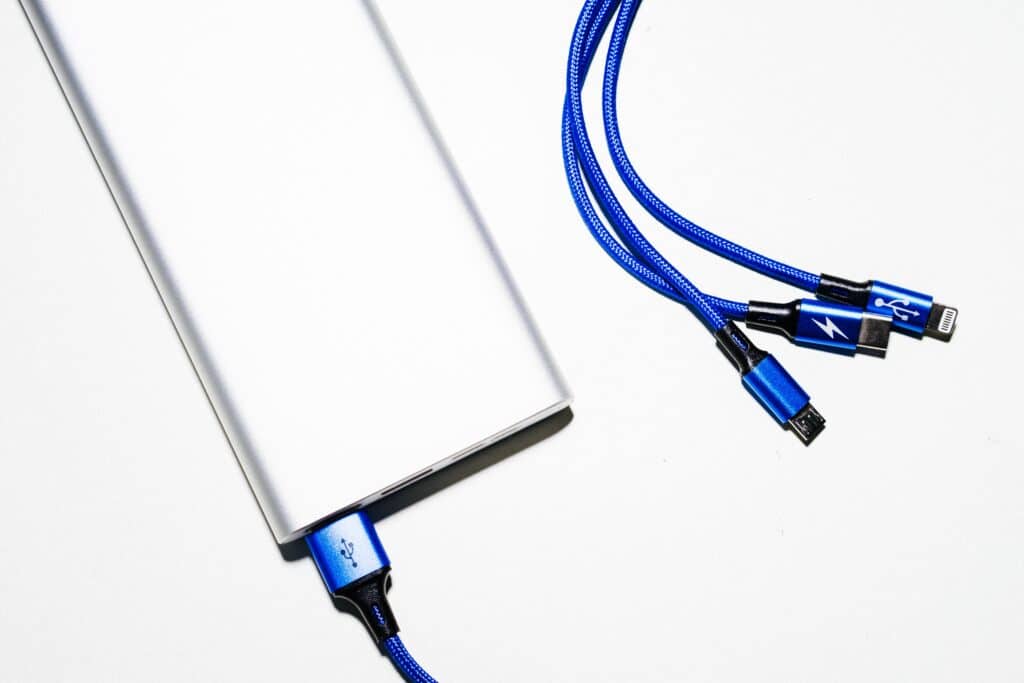
Communication
Before going out on a hike, you should always talk to a friend or family member in advance. Let them know where you are going, when you will be back, and what to do if and when they don’t hear from you by a specific date or time. If you fail to take that step and something happens, it may be days before anyone realizes that something is wrong, and even then they may not know where to look for you.
You should have a fully charged phone, along with at least one charger. You might also take a portable power bank, a solar-powered charger, or a hand-cranked charger.
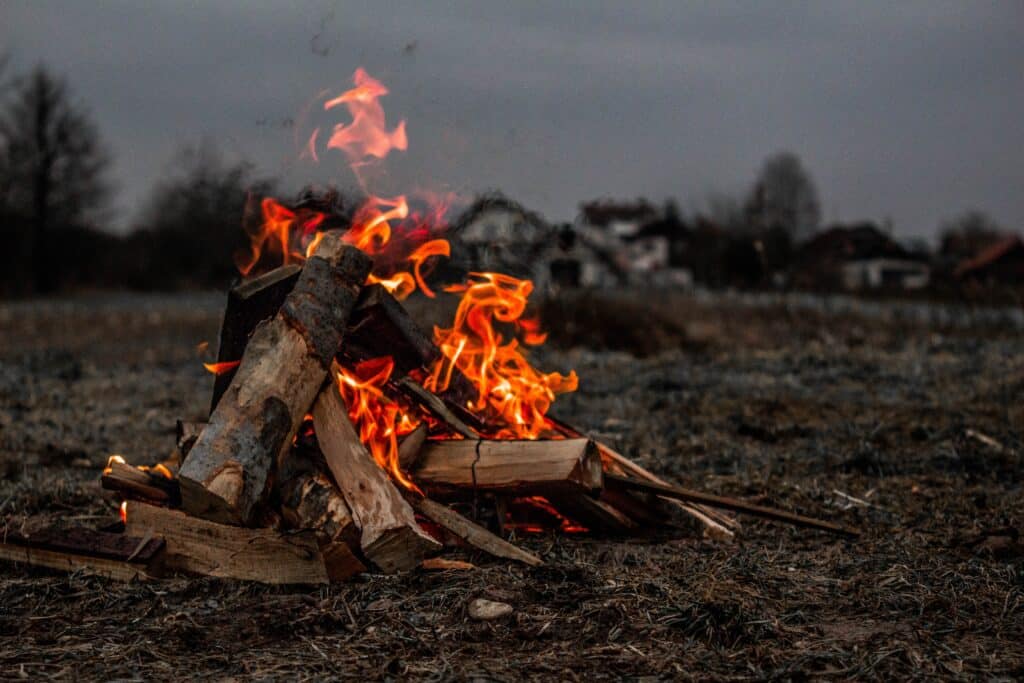
Heat
There are multiple ways that you can create heat while hiking or camping. You can always take matches, a lighter, or a flint box and kindling to start a fire. But you can also bring hand and lap warmers or a portable propane heater.
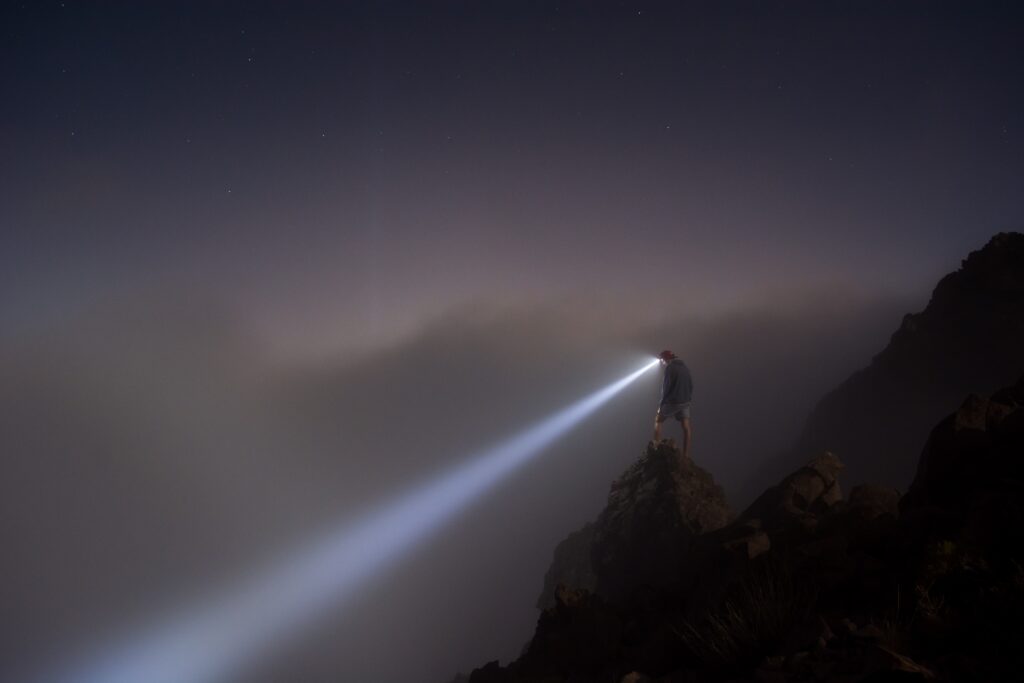
Light
A flashlight is a good start, but you can also take a light that can clip onto your shirt or hat to allow you to use both hands while hiking or climbing. Consider using flashlights that can be charged with a hand crack so you never run out of batteries. It’s also a good idea to have an emergency strobe light in case you need to be located in the dark, as well as reflective items in case need to walk alongside the road.
Additional Items
- Weather-appropriate clothing
- Sunglasses
- A knife
- A trekking pole or walking stick
- Extra socks
- Gloves
- Batteries
- Resealable bags
- Sanitary supplies
- A whistle
- Hand sanitizer
- Bug spray
- Bear spray
- Sunscreen
- Binoculars
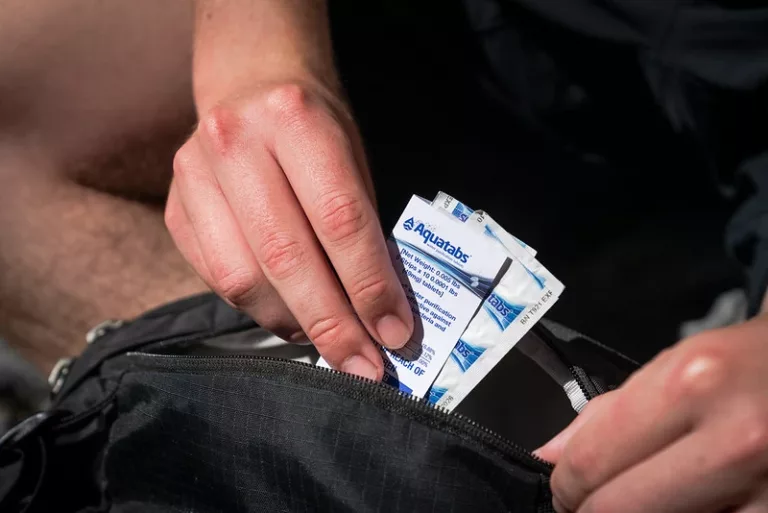
Order Aquatabs Today
Make sure you always have access to clean, safe drinking water. Order a packet of Aquatabs for hiking, camping, boil water alerts, or in case of emergency.
Recent Posts
-
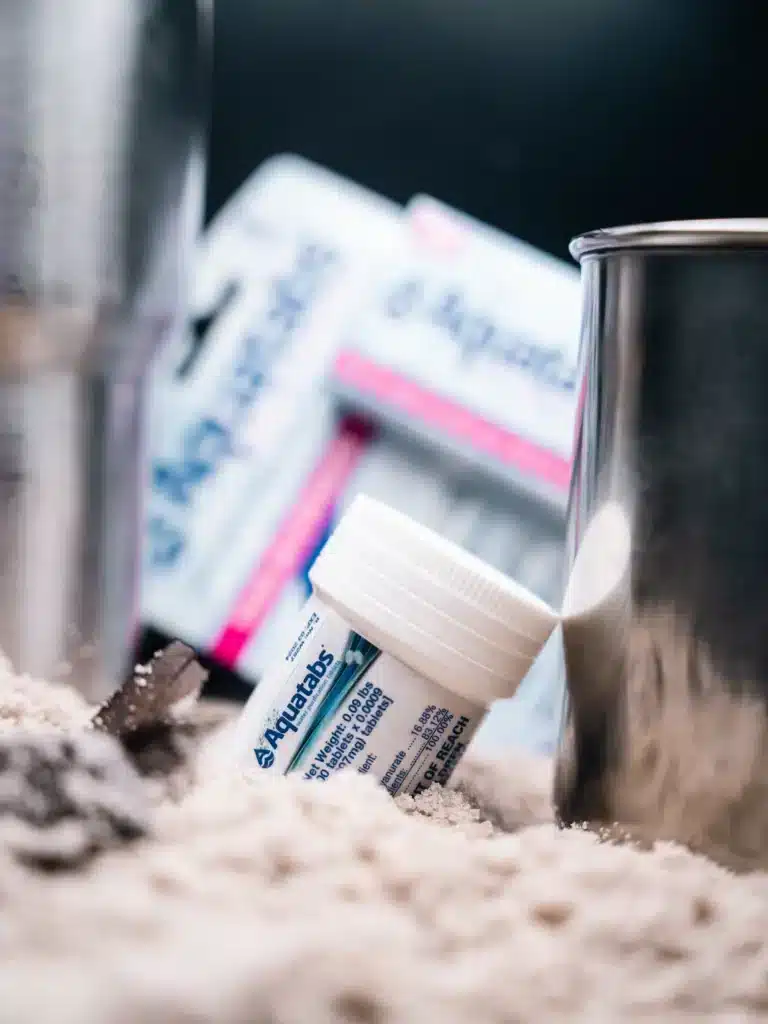
How do Aquatabs Work? The Science Behind Water Purification Tablets
April 18, 2025 UncategorizedBy: Jessica Miller Aquatabs: a fast-working water purification tablet that everyone knows and loves. However, not everyone understands how this helpful little tablet works. There.
-

Aquatabs Celebrates Women’s History Month: Historic Female Adventurers
March 28, 2025 UncategorizedBy: Jessica Miller History is not recorded objectively. Rather, it is dictated by social standards and circumstances. Although these social standards are constantly moving and.
-
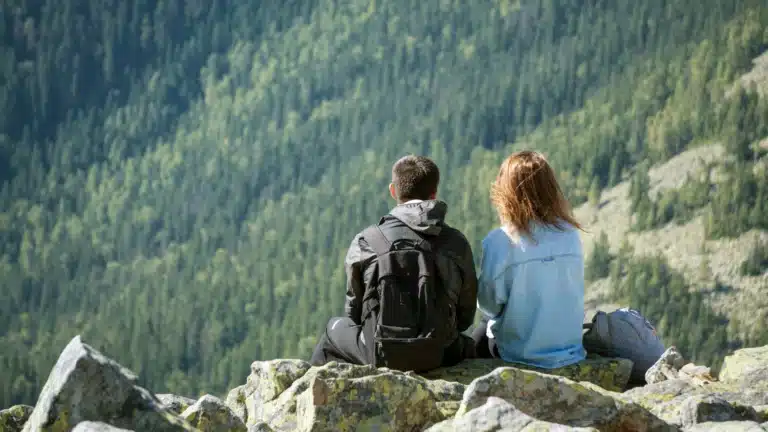
Love in Every drop: How aquatabs water purification tablets help protect what matters most
February 13, 2025 UncategorizedBy: Jessica Miller February is here and love is in the air! Congratulations to all for making it through the cold length of January! Whether.
-
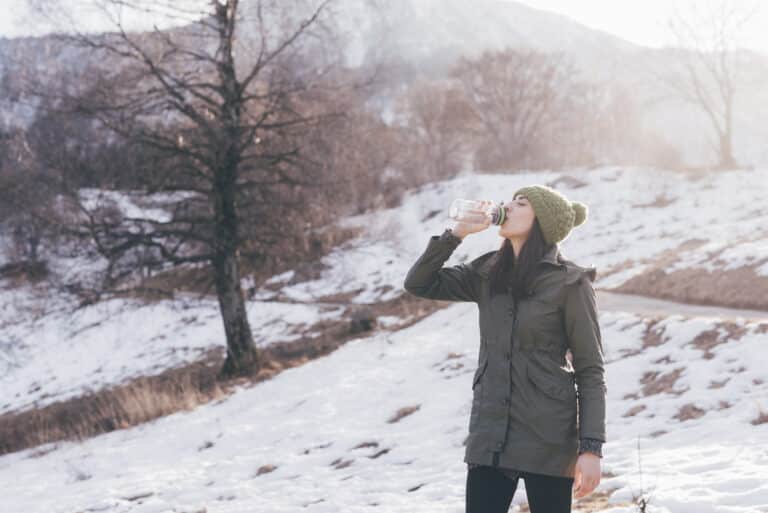
New Year's Resolution: Drink More Water
January 10, 2025 UncategorizedAs we adventure into the New Year, make staying hydrated a top priority! Protect your health at the same time by ensuring your water is.
-
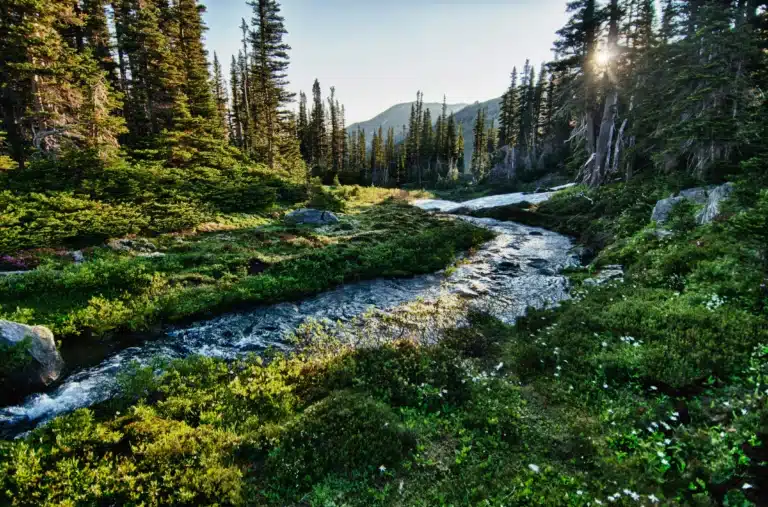
Aquatabs Holiday Gift Guide | Presents for Outdoors Lovers
December 5, 2024 NewsWe know that it can be tough to find that special something for the hiker, camper, or adventurer in your life - but there’s no need to stress! We’ve compiled a list of our favorite gear so that you can choose a gift that will keep giving all year round.
-
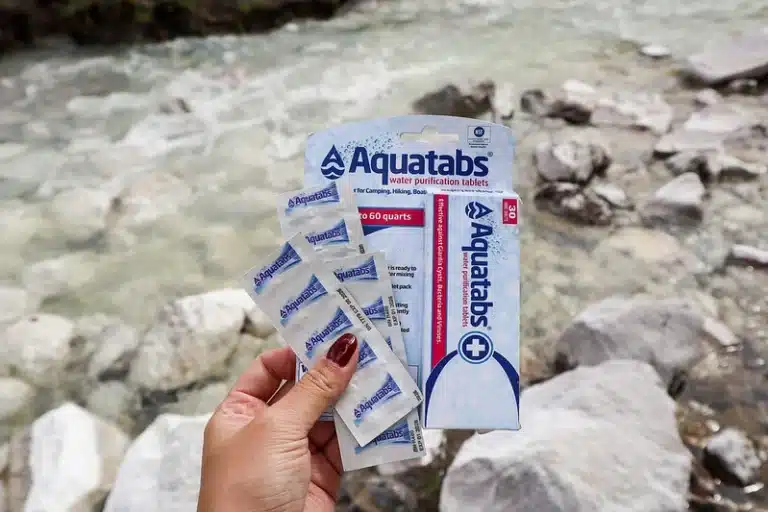
How To Use Aquatabs
November 15, 2024 UncategorizedAquatabs Water Purification Tablets Aquatabs are the world’s leading water purification tablets - and for good reason. These powerful purifiers are globally certified, cost effective,.
Recent Posts
-

How do Aquatabs Work? The Science Behind Water Purification Tablets
April 18, 2025 Uncategorized -

Aquatabs Celebrates Women’s History Month: Historic Female Adventurers
March 28, 2025 Uncategorized -

Love in Every drop: How aquatabs water purification tablets help protect what matters most
February 13, 2025 Uncategorized -

New Year's Resolution: Drink More Water
January 10, 2025 Uncategorized -

Aquatabs Holiday Gift Guide | Presents for Outdoors Lovers
December 5, 2024 News -
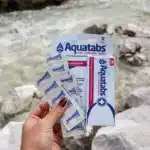
How To Use Aquatabs
November 15, 2024 Uncategorized

